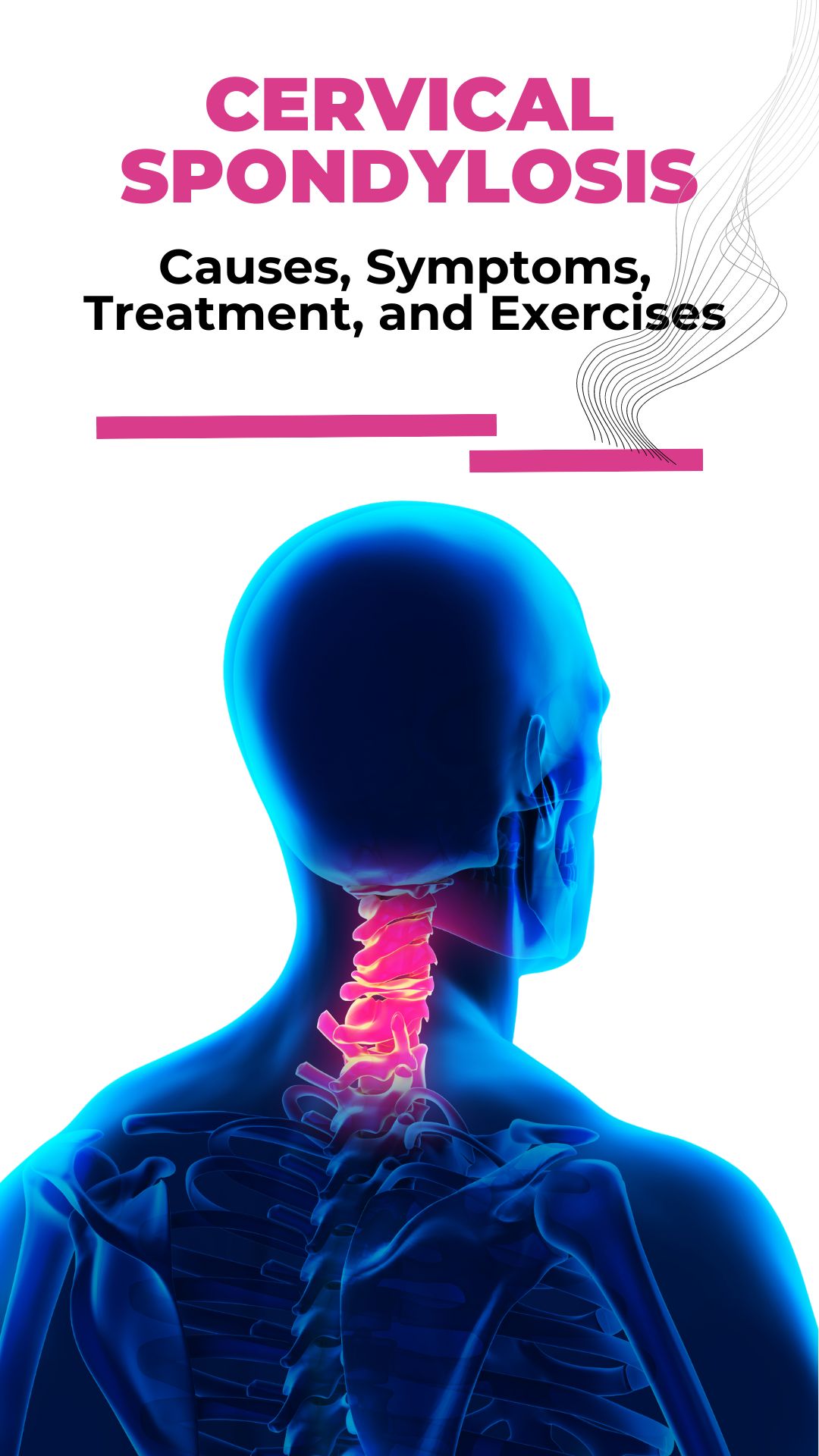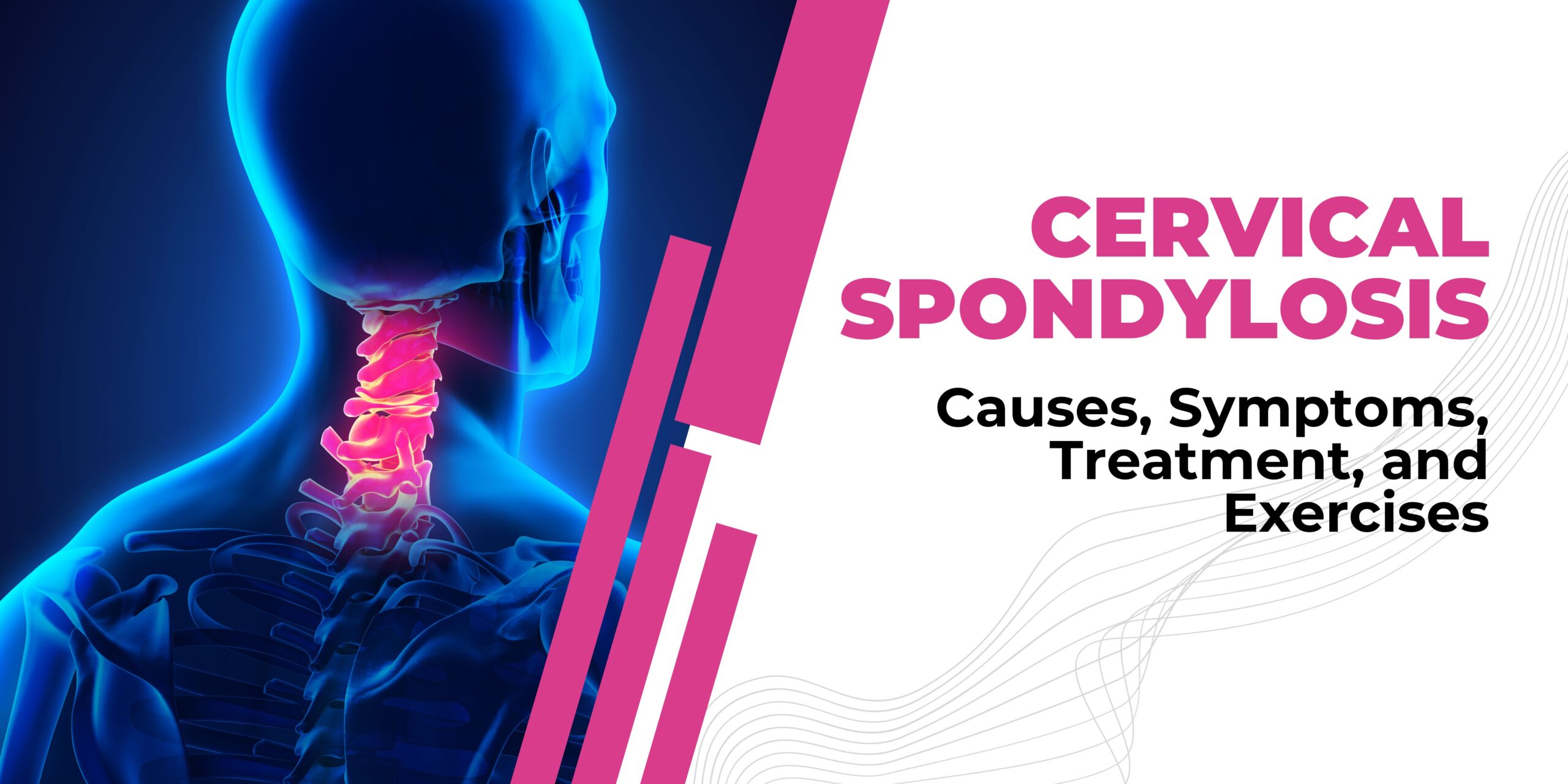

Cervical Spondylosis: Causes, Symptoms, Treatment, and Exercises
If you are looking for a Best Spine surgeon in Mumbai or Spine treatment in Mumbai for sciatica, you have come to the right place. Our team of Spine specialist Doctor in Mumbai providing effective treatments for all types of spinal conditions, including Cervical spondylosis
Cervical spondylosis is a degenerative condition that affects the cervical spine, which is the portion of the spine that is located in the neck region. This condition is also known as cervical osteoarthritis, and it is caused by the wear and tear of the bones, discs, and ligaments in the cervical spine. Cervical spondylosis can result in chronic neck pain, stiffness, and other symptoms.
What is Cervical Spondylitis?
Cervical spondylitis is another term used to describe cervical spondylosis. The condition is caused by the degeneration of the bones and discs in the cervical spine, which can result in pain and other symptoms.
Causes of Cervical Spondylosis
The exact cause of cervical spondylosis is not known, but it is believed to be caused by several factors, including:
- Age: As we age, the discs in our spine lose moisture and become less flexible, leading to wear and tear.
- Genetics: Some people may be more prone to developing cervical spondylosis due to their genetics.
- Lifestyle factors: Factors such as smoking, lack of exercise, and poor posture can increase the risk of developing cervical spondylosis.
Symptoms of Cervical Spondylosis
The symptoms of cervical spondylosis can vary depending on the severity of the condition. Some of the most common symptoms include:
- Chronic neck pain
- Stiffness in the neck
- Headaches
- Tingling or numbness in the arms, hands, or fingers
- Weakness in the arms, hands, or fingers
- Loss of balance
Cervical Spondylosis Treatment
Treatment for cervical spondylosis typically focuses on managing pain and other symptoms. Some of the most common treatments include:
- Pain medication: Over-the-counter pain medications, such as ibuprofen, may help relieve pain and inflammation.
- Physical therapy: A physical therapist can provide exercises and stretches to help improve mobility and reduce pain.
- Surgery: In severe cases, surgery may be necessary to remove damaged discs or bones and alleviate pressure on the nerves in the spine.
Cervical Spondylosis Exercises
Exercises can be an effective way to manage pain and stiffness associated with cervical spondylosis. Some of the best exercises for cervical spondylosis include:
- Neck stretches: Gently tilting the head from side to side and up and down can help improve flexibility and reduce stiffness.
- Shoulder rolls: Rolling the shoulders forward and backward can help relieve tension in the neck and upper back.
- Isometric neck exercises: These exercises involve contracting the muscles in the neck without moving the head, which can help build strength.
Cervical spondylosis is a common condition that can cause chronic neck pain and other symptoms. It is caused by the degeneration of the bones, discs, and ligaments in the cervical spine. Treatment typically involves managing pain and other symptoms through medication, physical therapy, and surgery in severe cases. Exercises can also be an effective way to manage symptoms and improve mobility. If you are experiencing chronic neck pain or other symptoms, it is important to talk to your doctor about your treatment options.
We Are Spine is a specialised clinic that provides treatment for various types of spine diseases, whether acute or chronic.Our team of well-known Spine Specialists in Mumbai with years of expertise in clinical practice has helped over 60000 patients overcome back pain. The clinic boasts of a highly experienced team of Spine specialist Surgeon in Mumbai who are supervised by Dr. Shekhar Bhojraj, one of the top spine surgeons in Mumbai.
Introducing the team of our spine surgeons – Dr. Abhay Nene, Dr. Shital Mohite, Dr. Priyank Patel, Dr. Raghuprasad Varma, and Dr. Premik Nagad!
We Are Spine utilises the latest technologies and equipment to minimise spine surgery and achieve better results. With their expertise and dedication, the clinic is committed to providing the best possible care for patients suffering from spine-related ailments.
Frequently Asked Questions
Cervical spondylosis is a degenerative condition that affects the cervical spine, which is the portion of the spine located in the neck region. It is caused by the wear and tear of the bones, discs, and ligaments in the cervical spine. Several factors can contribute to the development of cervical spondylosis, including age, genetics, and lifestyle factors like poor posture or lack of exercise.
The symptoms of cervical spondylosis can vary, but the most common ones include chronic neck pain, stiffness in the neck, headaches, tingling or numbness in the arms, hands, or fingers, weakness in the arms, hands, or fingers, and loss of balance.
A doctor will typically perform a physical examination and may order imaging tests like an X-ray or MRI to confirm a diagnosis of cervical spondylosis.
Treatment for cervical spondylosis typically focuses on managing pain and other symptoms. This may include pain medication, physical therapy, and surgery in severe cases.
While it may not be possible to completely prevent cervical spondylosis, there are some steps you can take to reduce your risk. This includes maintaining good posture, exercising regularly, avoiding smoking, and taking breaks if you work at a desk for long periods.
Yes, there are several exercises that can help manage pain and improve mobility associated with cervical spondylosis. These may include neck stretches, shoulder rolls, and isometric neck exercises.
The recovery time from cervical spondylosis can vary depending on the severity of the condition and the chosen treatment approach. Some people may experience relief from symptoms within a few weeks, while others may require more extended treatment and recovery periods.
In some cases, cervical spondylosis can lead to complications like spinal cord compression, which can result in more severe symptoms and may require surgery to correct. However, this is relatively rare and typically only occurs in severe cases.